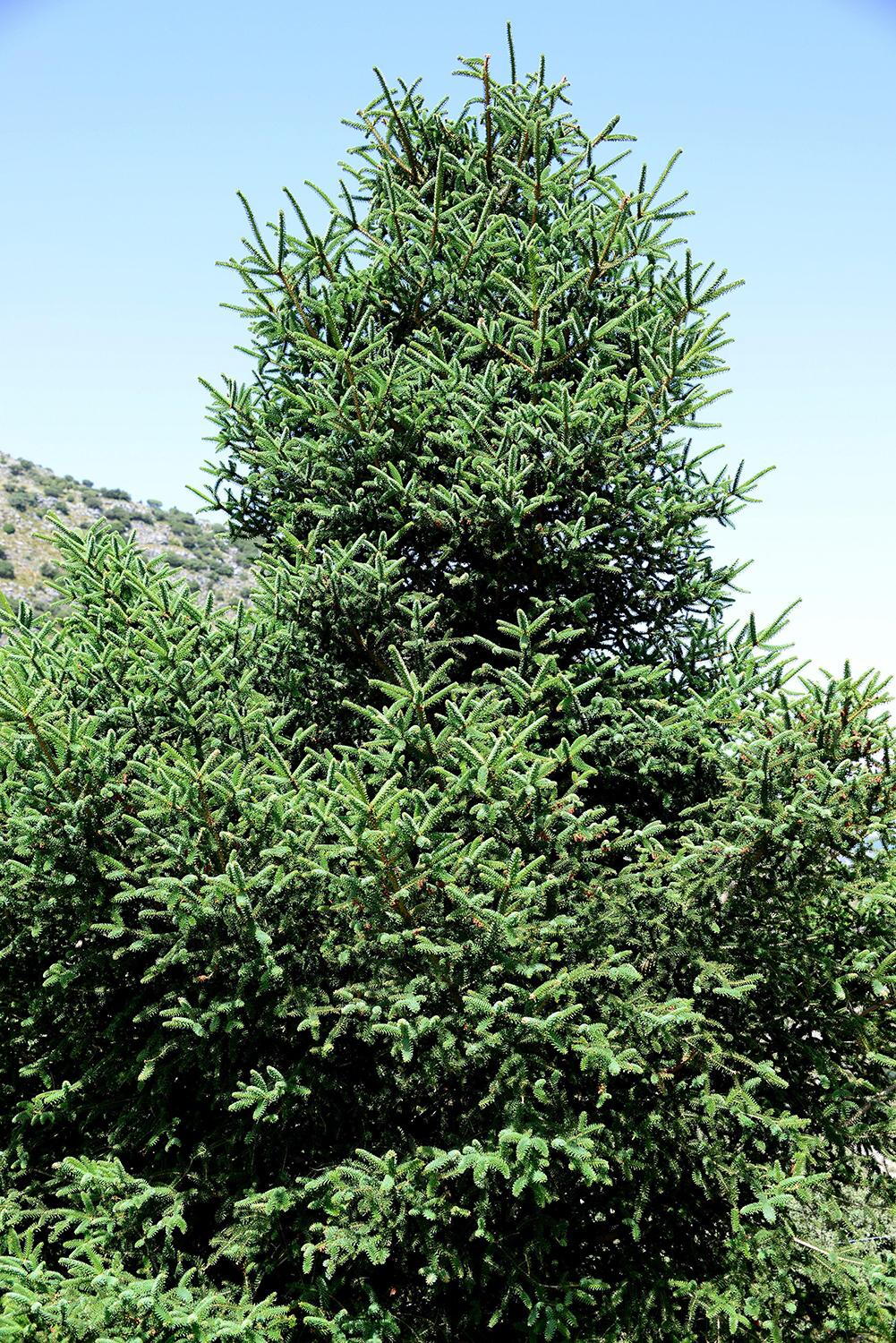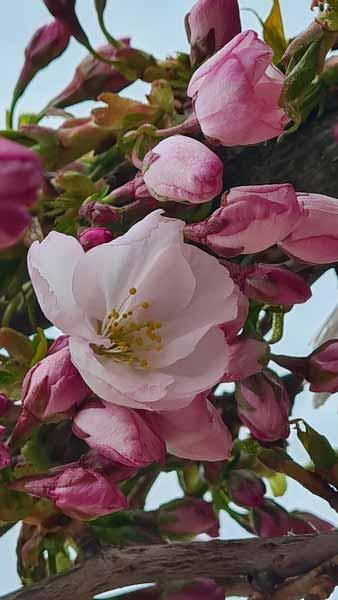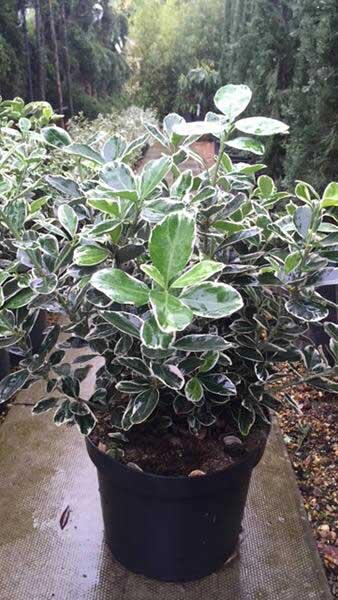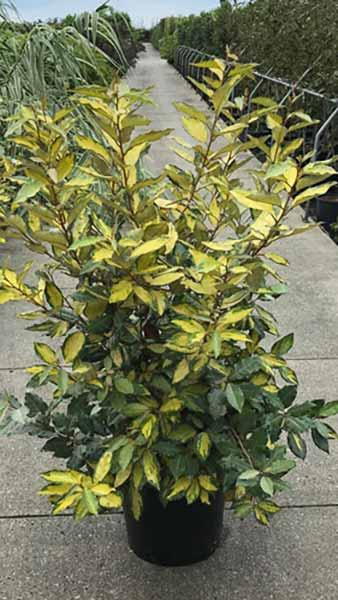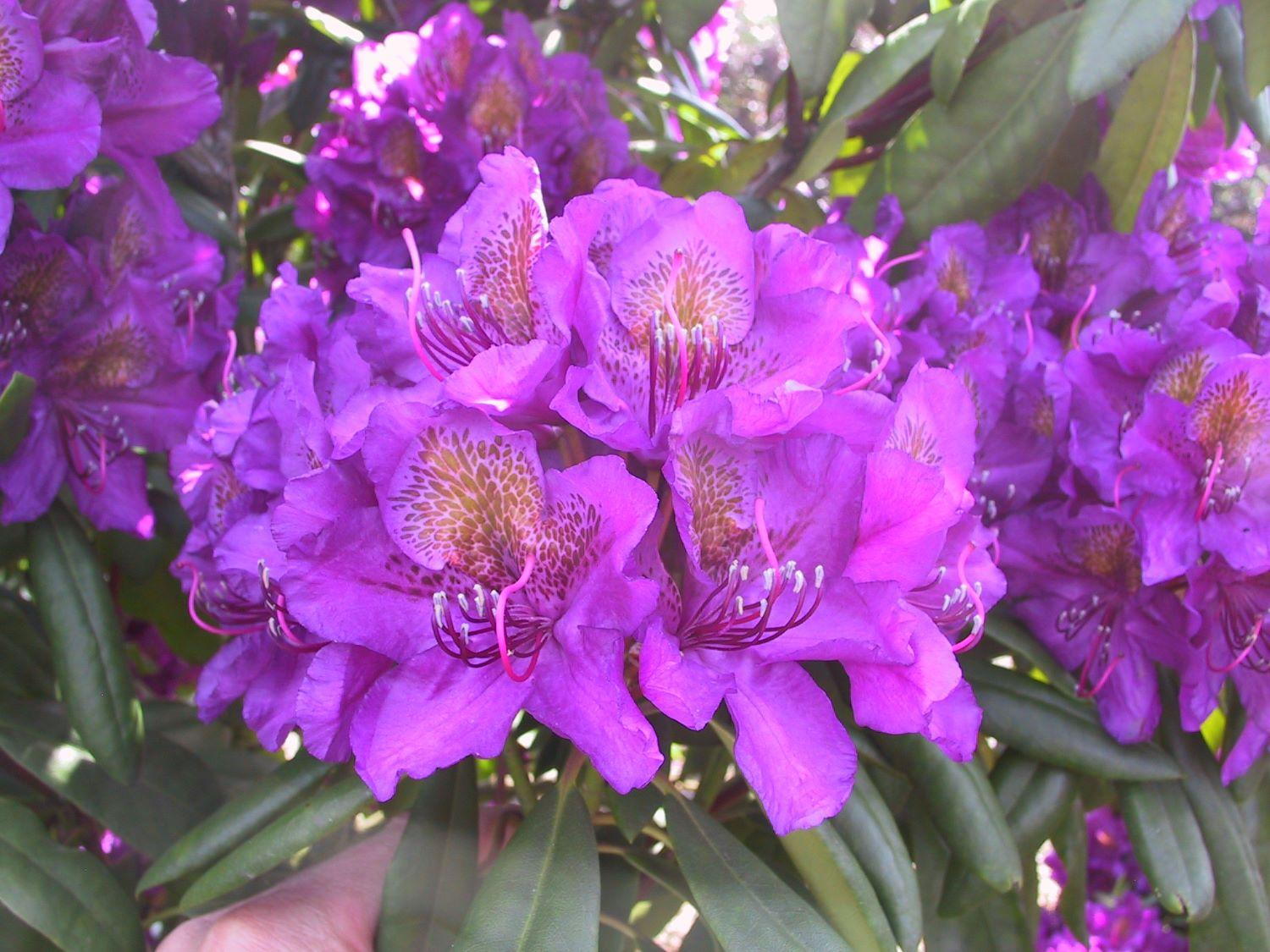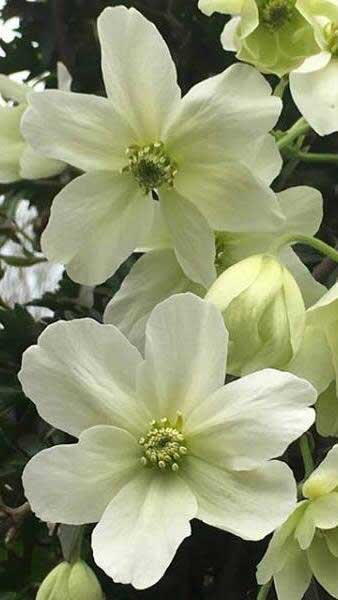Clematis x Cartmanii Avalanche Evergreen variety of Clematis
Clematis x Cartmanii Avalanche is a stunning early-blooming, evergreen variety of white-flowering clematis which will light up your garden in early spring with its abundant blooms. It has received the RHS Award of Garden Merit for the qualities that make it a great choice for UK gardeners.Developed in the 1990’s here in the UK, this hybrid evergreen clematis will bring beauty to your garden year-round. In early to mid-spring the dark-green glossy, leathery leaves are almost hidden by the masses of fragrant bright white blooms with yellow centres, up to 4 cm across, which cover the vines. After the flowers are finished, the deeply dissected, evergreen leaves provide a pleasant contrast to the purple stems. The parsley-shaped leaves remain through the winter, giving a welcome note of green. Clematis x cartmanii Avalanche is winter-hardy in most parts of the UK, and after 5 to 10 years will have reached its mature height and spread of 1.5-2.5 metres. Prune after blooming. Clematis x cartmanii Avalanche blooms on last year’s wood so do not prune in mid-winter. If it is overgrown, cutting the entire plant back to the base will result in fresh, vigorous growth. Clematis x cartmanii Avalanche, like all clematis, grows best with its roots in the shade and top in the sun. It will need moist, well-drained chalk, loam or sandy soil. Plant it in a south, east or north facing aspect in a sheltered or exposed position. Clematis x cartmanii Avalanche is susceptible to few insect pests and diseases. Clematis x cartmanii Avalanche can be used in a variety of settings in your garden. It makes a lovely conservatory vine, and can be grown in a container on a rooftop terrace, patio, or balcony, where it can be trained up a sturdy trellis as a year-round privacy screen. Clematis x cartmanii Avalanche can also be trained up a pillar shape for a focal point in a formal setting, or trained over a garden arch. It would also make a beautiful covering for a courtyard wall. In a less formal country garden, Clematis x cartmanii Avalanche can be grown as a ground cover, scrambling over rocks or spilling down a slope, where it will look like an avalanche in spring! It is an excellent choice for a country cottage garden, covering a wall or trained above a window for a living frame of greenery and blossoms. This evergreen variety of Clematis, Avalanche is a low-maintenance evergreen vine with the added bonus of a spectacular spring show of pure-white blossoms. This show-stopper of a clematis deserves a spot in your garden!










